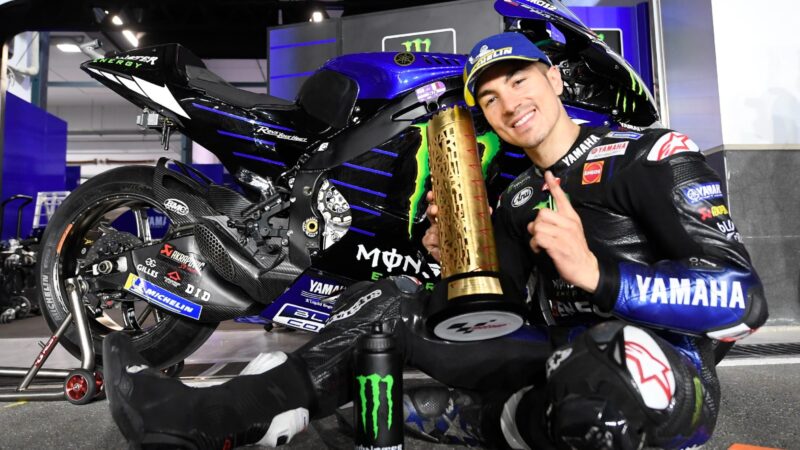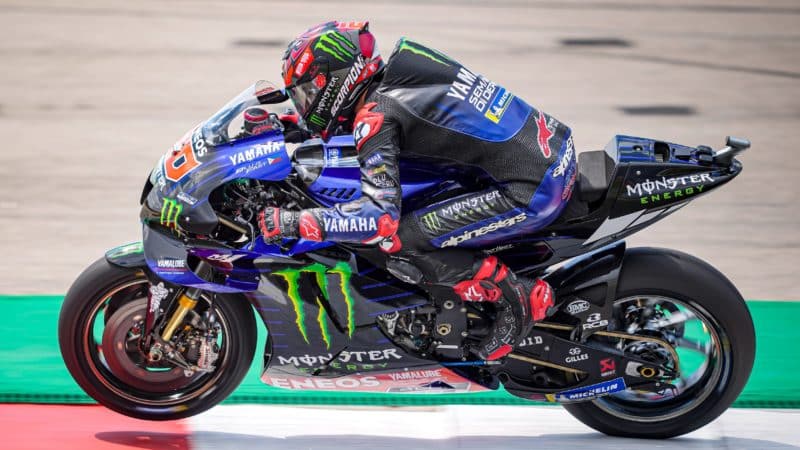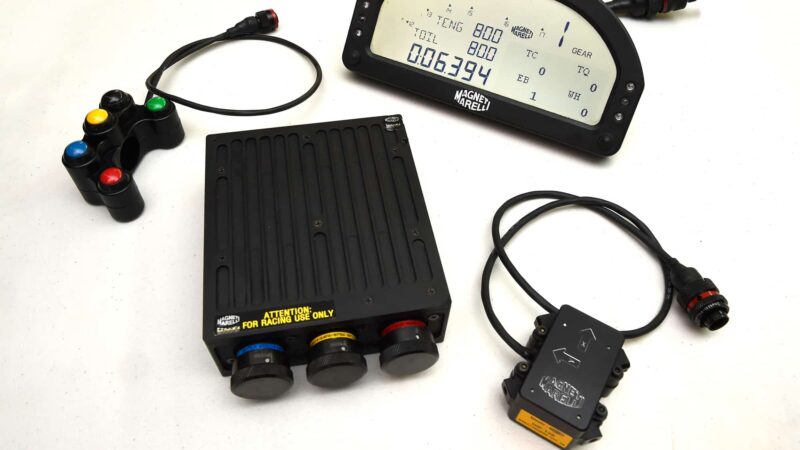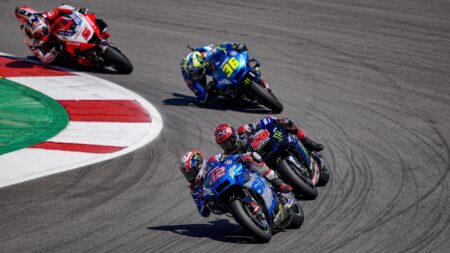Yamaha fell behind in the race to understand the spec software because it didn’t shortcut the learning process by hiring Magneti Marelli boffins like most of its rivals. Yamaha preferred a DIY philosophy. It wanted its own engineers to find their way through the Magneti Marelli labyrinth because, after all, racing isn’t only about going around in circles, it’s also an engineering university.
However, by the end of 2019 Yamaha management had had enough of their grim results, so they headhunted staff from Magneti Marelli and from Ducati, which has worked hand in hand with Magneti for decades.
“Now we think we should’ve done this two years ago,” Yamaha MotoGP project leader Takahiro Sumi told me in November 2019. “Other teams did this and have done well. If we had also done this two years ago maybe we would be at a better level now.”
Perhaps Yamaha is now putting into action what it learned from its new recruits during 2020, because the M1 electronics are definitely working better this year.
All factories work with exactly the same software which includes maps for torque delivery, traction control, anti-wheelie, engine-braking control and so on.
Most important for Yamaha are the torque delivery and traction control maps.
In recent years the M1 couldn’t help but overheat its rear tyre, especially at circuits featuring several successive left-handers or right-handers, which didn’t give the tyre enough time to cool down. Therefore the excessive heat caused degradation, which reduced grip, making the M1 more and more feeble as the race went on.
Neither Viñales nor Quartararo has complained about that kind of thing this year – thus far, at least – so what has Yamaha done to its torque and TC maps for 2021?
Most factories use similar torque and TC mapping philosophies during races. They start the race with the maximum torque map, because the rear tyre is brand new, so it can handle full power, and riders need all the power they can get while they’re battling for position during the early laps. At the same time they use the maximum TC map, to look after the tyre.

Vinales was in glorious form at the Qatar GP, but he was nowhere at Portimao after his QP incident
Yamaha
As the race goes on the rear tyre wears, so riders switch to a softer torque map, to save the rear tyre, and many also switch to a lower traction-control map. Less TC seems counterintuitive because surely you need more traction control as grip reduces?
In an ideal word, yes. But the whole point of spec software was to take MotoGP bikes and riders out of that ideal world, where super hi-tech software did all the work – calculating the grip available at every corner and adjusting the torque and TC maps accordingly.
All this technology is very clever, but it’s not much fun for the riders or for the fans. For 2016 Dorna forced the factories to accept lower-tech spec software because they wanted to make MotoGP less of a science experiment and more of an entertainment spectacle.
Watching and listening to Quartararo and Viñales at the first three races of 2021 it seems to me that Yamaha has changed the way it uses the torque and TC maps. In the past I always thought that Yamaha riders did what any normal person would expect them to do – start the race with less TC and then switch to the weaker torque maps and stronger TC maps as grip reduced.
Of course, the problem with increasing TC as you decrease torque is that you end up with no acceleration, because even though you’re putting less torque into the tyre there’s still enough to spin the tyre. And then the TC cuts in to reduce the spin, so you’ve got a double whammy of less and less torque getting to the tyre.
In the first race in Qatar you could see that Viñales wasn’t relying on more TC to look after himself and his rear tyre; instead he was using less TC and relying on his right hand to exit corners as fast as possible without burning his tyre. In the second race in Qatar and again in Portugal last weekend it was the same with Quartararo.
Because in the age of spec software the real secret to fast lap times is in the rider’s throttle hand, not the little black box of electronics. That’s one reason Marc Márquez was so dominant until he got hurt, because he relies upon himself to get the best from the bike and the tyres.
The next questions are these: do Quartararo and Yamaha have what it takes to keep winning at other tracks, can they handle a resurgent Márquez and will Viñales keep his head together week in, week out?




